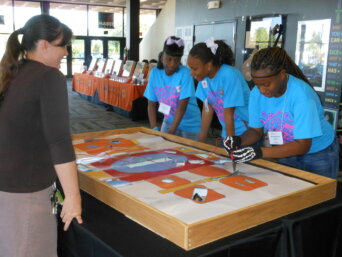- About
- Topics
- Picks
- Audio
- Story
- In-Depth
- Opinion
- News
- Donate
-
Signup for our newsletterOur Editors' Best Picks.Send
Read, Debate: Engage.

| topic: | Women's rights |
|---|---|
| editor: | Bob Koigi |
Despite impressive gains that have been made in getting more girls and women to embrace Science, Technology, Engineering and Mathematics (STEM), there still remain huge gaps in this area that contributed to the world increasingly missing out on human capital dividend.
The UNESCO Girls’ and Women’s Education in Science, Technology, Engineering and Mathematics (STEM) report of 2017 shows that only 35 percent of female students have enrolled in STEM related fields of learning at higher education levels the world over. Women in STEM fields publish less, are paid less than men for their research and struggle to advance in their professions.
In Africa, where women make up 52 percent of the total population, a paltry 28 percent are pursuing STEM careers, even as the continent continues to provide a world of opportunities for women in these fields.
As the world marks the International Day of Women and Girls in Science this week, the onus is now on governments, companies, research and learning institutions and policy makers to embrace principles that are gender responsive and geared towards empowerment of women.
Addressing the gender gap in STEM is crucial for achieving the Sustainable Development Goals by leaving no girl behind in this vital journey and ensuring that we are addressing gender stereotypes that limit women to join STEM careers.
Beyond investing in introducing more girls and women to the STEM fields, there should be a deliberate attempt at getting them to take leadership positions in order to inspire and get more women into this crucial area.
Image by Oklahoma NSF EPSCoR.
